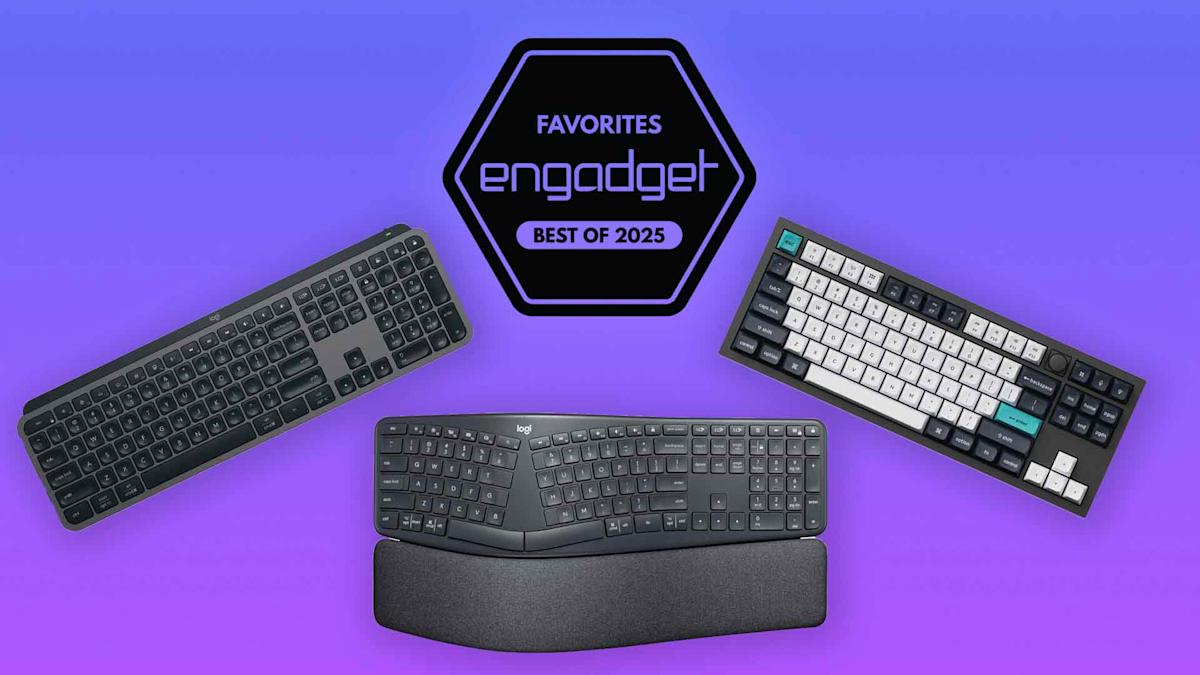Choosing the Right Keyboard: Design, Ergonomics, and Mechanical Options

Key Points
- Full‑size, tenkeyless, and compact layouts each balance key availability with desk space.
- Ergonomic designs include Alice‑style and split keyboards with optional tenting and negative tilt.
- Mechanical switches are categorized as linear, tactile, or clicky, each offering distinct feel and sound.
- Hall‑effect, optical, and inductive switches provide adjustable actuation and innovative sensing methods.
- Wired connections deliver consistent low‑latency input, while wireless offers flexibility at the cost of potential latency and battery considerations.
A comprehensive look at modern keyboards covers size and layout choices, ergonomic designs that promote better posture, and the variety of mechanical switch types that affect feel and sound. It also explores wired versus wireless connectivity and how each option fits different user needs, from office work to gaming.
Keyboard Sizes and Layouts
Keyboards come in several common size categories. Full-sized boards, often called 100 percent layouts, include a function row, a complete numeric keypad, and key clusters such as arrows. Tenkeyless models, known as 80 percent layouts, remove the number pad while keeping the function row and navigation keys, making them narrower. Compact designs go smaller, offering only the alphanumeric keys and essential modifiers, and appear in variations like 60 percent and 65 percent. The choice of size impacts desk space, portability, and the availability of certain keys.
Ergonomic Keyboard Features
Ergonomic keyboards are engineered to improve hand, wrist, and forearm posture. They typically fall into two design families: Alice‑style keyboards that keep a single unit but introduce a central gap, and split keyboards that separate into two halves that can be positioned independently. Additional ergonomic tweaks include tenting, which raises the middle of the keys to create a handshake‑like hand position, and negative tilt, which lowers the top edge to keep wrists angled downward. Some ergonomic boards also use columnar (grid) key layouts instead of the traditional staggered rows, allowing for a more natural hand movement. Programmable keys and macro capabilities further reduce strain by minimizing mouse use.
Mechanical Switch Types
Mechanical keyboards distinguish themselves from membrane or scissor‑switch boards by using individual switches beneath each keycap. Switches are broadly categorized into linear, tactile, and clicky. Linear switches provide a smooth, consistent travel without a tactile bump, appealing to gamers who favor speed. Tactile switches create a noticeable bump partway through the press, giving typists clear feedback without excessive noise. Clicky switches add an audible click to the tactile bump, offering strong feedback for those who enjoy a pronounced sound. Beyond these, newer technologies include Hall‑effect switches that use magnetic sensors for adjustable actuation, optical switches that replace physical contacts with infrared light, and inductive switches that detect key presses through coil‑based sensing. These variations allow users to tailor the feel, sound, and responsiveness of their keyboards.
Connectivity Options
Keyboards can connect via wired or wireless methods. Wired models attach directly to a computer using USB‑A or USB‑C cables, providing reliable low‑latency input and eliminating concerns about battery life. Wireless keyboards use Bluetooth or a dedicated wireless dongle (often operating at 2.4 GHz). While wireless offers a cleaner desk setup, it may introduce slight latency and requires power management, especially for Bluetooth devices. Users must weigh the trade‑offs between convenience and performance based on their primary use case, whether it be office productivity, creative work, or gaming.